 The famed Golden Triangle is a region of Northern Thailand close to Myanmar and Laos.
The famed Golden Triangle is a region of Northern Thailand close to Myanmar and Laos.
Like most regions it is not delineated by lines on a map but is an area associated with a way of life or historical events. In a similar manner you will find no lines on a map marking America’s ‘Rust Belt’ or the ‘Midwest’, England’s ‘Wessex’ or the ‘Scottish Highlands’ but everyone knows where they are there because of either a distinct way of life or an association with past events.
The Golden Triangle does not exist on a map but is an area encompassing parts of Myanmar, Laos and particularly Northern Thailand and instantly associated with drug running war lords.
The origin of this region immediately associated with illicit drug production came in 1949 when the Communists took control of China and many of the military forces supportive of Chiang Kai Shek (known as the Kuomintang) were driven out of China and relocated in Burma or present-day Myanmar.
There was already a thriving opium producing area and the in effect private armies from China quickly took control of opium production and distribution throughout South East Asia. By the late 1950s the Burmese authorities, wanting to keep production in local hands and resenting the political power of foreign groups, had largely driven many of these Chinese armies and communities over the border into Northern Thailand, where they reestablished their authority in what was then an isolated and impoverished area. And to this day there are still enclaves and entire villages that make one feel as if one is travelling in China. A noticeable example is Ban Rak Thai which I wrote about here.
Until the late 1990s when it was overtaken by Afghanistan, the Golden Triangle was the world’s leading producer of heroin and although opium production in Thailand has decreased as a result of various government initiatives encouraging the production of other crops, the Shan states of neighbouring Burma are still a substantial producer of opium which is converted to heroin, illicitly moved over the border into Thailand and shipped to Bangkok for global distribution.
Today a visit to the Golden Triangle area of Northern Thailand will be as much remembered for its spectacular scenery and magnificent temples as its association with the drug industry, although the town of Sop Ruak, at the meeting place of the Ruak and Mekong Rivers and where Thailand, Myanmar and Laos all meet, has renamed itself as the ‘Golden Triangle’ in an initiative to attract visitors interested in the region’s history depicted in the local museum.
Most visitors to the Golden Triangle arrive on a flight or train to nearby Chiang Mai which is on the itinerary for most visitors to Thailand or the rather less well known Chiang Rai, and it was on February 2 2020 that together with my two friends Ampai and Suwanna, we set of on a flight from Bangkok to Chiang Rai.
Ampai and Suwanna have been lifelong friends and neighbours. Their parents were and are friends and neighbours and they went to primary and junior school together before Ampai left school at 12 so she could work at a variety of jobs (domestic help, factory worker, doughnut seller) to help support her family whilst Suwanna continued on to university and a well-paid job in Bangkok. Suwanna has returned to the family home in their village to look after her handicapped brother and as, per for much of the last 40 years, they are in and out of each other’s houses on an almost daily basis.
Little did we appreciate when we set off that, because of the impact of the Covid-19 pandemic, other than a brief trip back to the UK and Vietnam immediately after our visit to the Golden Triangle, I was not going to be able to do any more travelling for the following 8 months!
The following is a selection of some of the destinations we visited on our 8 day road trip as we criss-crossed the Golden Triangle, only once being stopped at a police check point to have our car subject to a quick cursory inspection as we planned a short cut over an isolated and poorly maintained track in the highlands. Apparently the road was occasionally used by drug traffickers!
Chiang Rai
Chiang Rai is the capital of Thailand’s most northernmost province and although often overlooked as just the gateway to the Golden Triangle, offers a range of attractions, including one of Thailand’s most unusual and famous temples – Wat Rong Khun (The ‘White Wat’) constructed over the past 30 years and looking as if it was built from shimmering porcelain!
Chiang Saen
Chiang Saen is a picturesque town situated on the right bank of one of the world’s great rivers, the mighty Mekong, and faces Laos. Any thoughts of a quick excursion across the river into Laos were quickly dispelled. Although it was early days in the pandemic and less than three weeks after the first Covid-19 case was discovered outside of China (in Thailand!) the Thais had already closed the border with Laos. However there were six ancient temples to explore in and around the town which kept us busy for most of a day until it was time to drive on to Mae Salong.
En Route to Mae Salong
Mae Salong
Hilltop Mae Salong seems as if it should belong in China which testifies to the fact it was founded 50 years ago by former members of the Kuomintang who fled China after the communists seized power. Not surprisingly the Chinese Martyrs’ Memorial Museum is one of the main attractions! There are outstanding views from Prathat Chedi overlooking the town and built in 1996 to commemorate the former Queen’s mother who we would also see celebrated again later in our trip!
Hin Taek
Very much off the beaten track, Hin Taek was the home of Khun Sa, born to a Chinese father and Shan mother in Shan State in nearby Burma. Khun Sa was the dominant opium warlord of the Golden Triangle in the late 20th century with a private army of 20,000. He was believed to have supplied 25% of the world’s heroin supply and the American government put a $2m bounty on his head. Living in Hin Taek for 10 years he was known as generous ‘Uncle Sa’ who often financed infrastructure for the local inhabitants. Khun Sa eventually made peace with the Burmese government, disbanded his army and retired to Rangoon.

The best place to stay in rarely visited Hin Taek is the Rimtaan Guesthouse and owner John worked as a translator for American ‘advisors’ in nearby Laos during the late 1960s and early 1970s.
Tha Ton
Picturesque Tha Ton is located on the Kok River which flows into Thailand from Myanmar and is famous for its riverboat trips to Chiang Rai. Wat Tha Ton is built on 5 ascending levels on a hillside overlooking the town that affords views into Myanmar as well as over Tha Ton. The temple culminates with the spectacular Chedi Kaew Pagoda, full of sculpture and exhibits on the summit ridge.
Doi Pha Hompok National Park Hot Springs
We stopped at these spectacular hot springs between Tha Ton and Chiang Dao.
Chiang Dao
Chiang Dao is very popular with tourists as it is surrounded by magnificent mountain scenery and only a 90 minute drive from the major destination of Chiang Mai to the south.

Our visit to Chiang Dao started at the Tham Pha Plong Monastic Centre at the end of a long steep stairway with first aid cabinets along the way!

Our drive to Muang Khong took us past Doi Luang Chiang Dao (2175m) which is Thailand’s 3rd highest mountain.
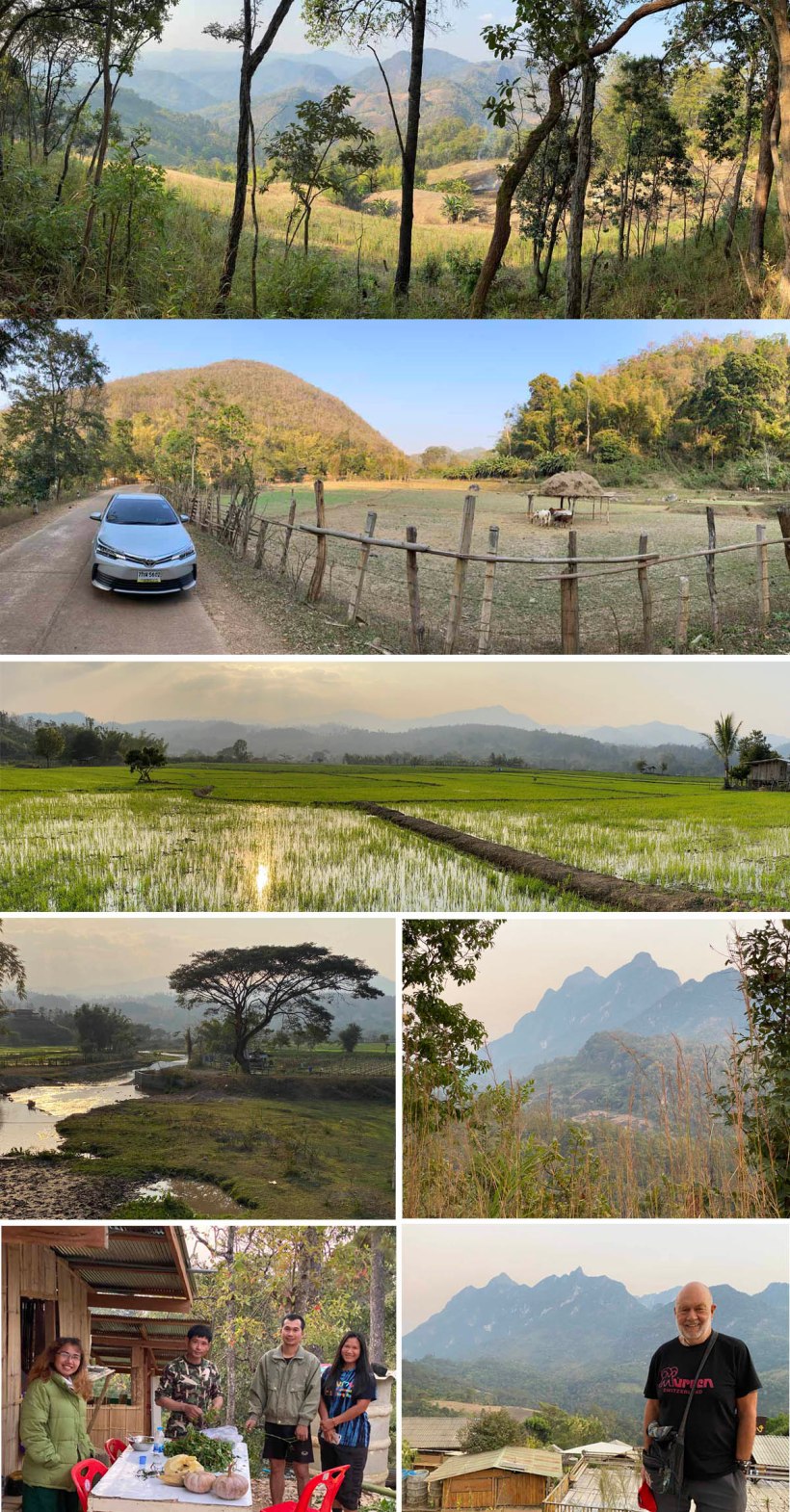
Our afternoon drive to Muang Khong and back took us through some beautiful and contrasting scenery and the opportunity to meet some National Park officers.
Pha Daeng National Park
We stopped at the Pha Daeng National Park and went for a short walk. The two Thais decided it was too hot and humid to walk and the foreigner almost got lost as I was unable to translate the trail signs and there was no one else was out walking to give me directions.
Arunothai and Mae Ai
As we retraced part of our route and drove north to the border town of Mae Si we made stops at the Chinese settlement at Arunothai with its reservoirs and Mae Ai, to explore the colourful temple.

Thais are adept at using all available space whether at the temple or in the back of a utility truck!
Mae Sai
Mae Sai is situated on the Thai – Burma border and has been the main surface trading route between Thailand and Myanmar in recent years, due to the excellent highway between Bangkok and Mae Sai. Foreigners can leave their passport on the border and walk across the bridge to spend a few hours in the infamous Burmese border town of Tachileik located on the opposite bank of the Sai River.
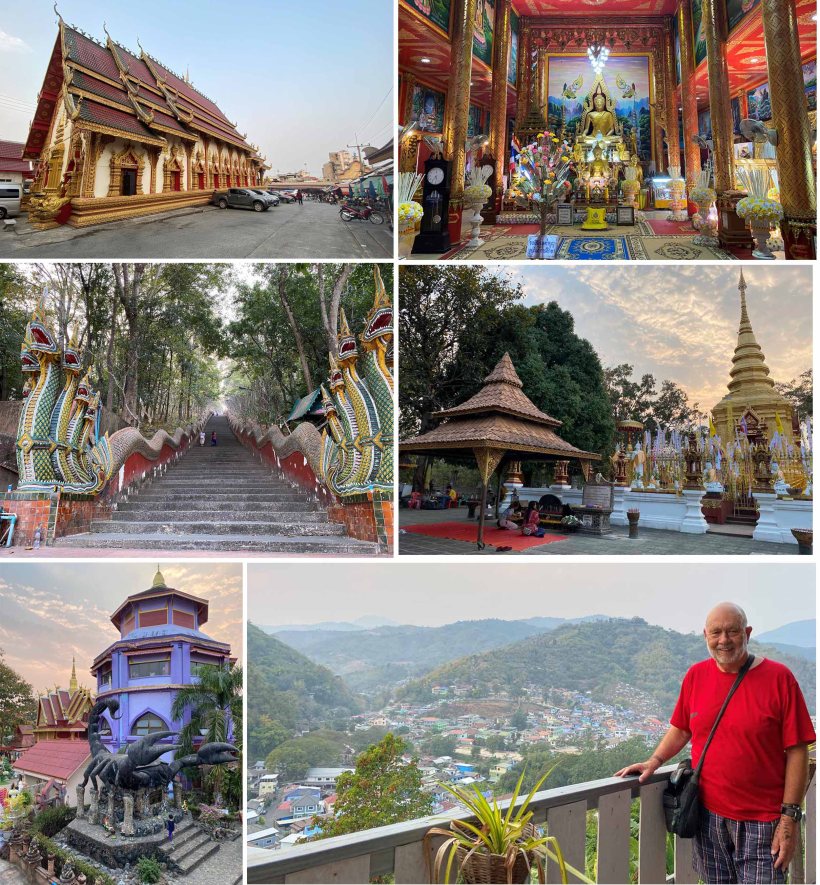
The hilltop temple of Wat Phra That Doi Wao affords superb views over Mae Sai and Myanmar on the far side of the Sai river.

Small statues and a photo display in the temple celebrated the successful rescue of the junior boys soccer team from the nearby Tham Luang cave system in 2018. The one boy not wearing saffron robes was a Christian from Myanmar.
Tham Luang Cave
In 2018 the Tham Luang cave system saw a dramatic rescue of a junior boys soccer team who were trapped in the flooded cave system for 18 days. The event captured the attention of the entire world and the Thais have not been remiss in landscaping the grounds close to the museum. There is a shuttle service to the caves from the newly created parking areas.
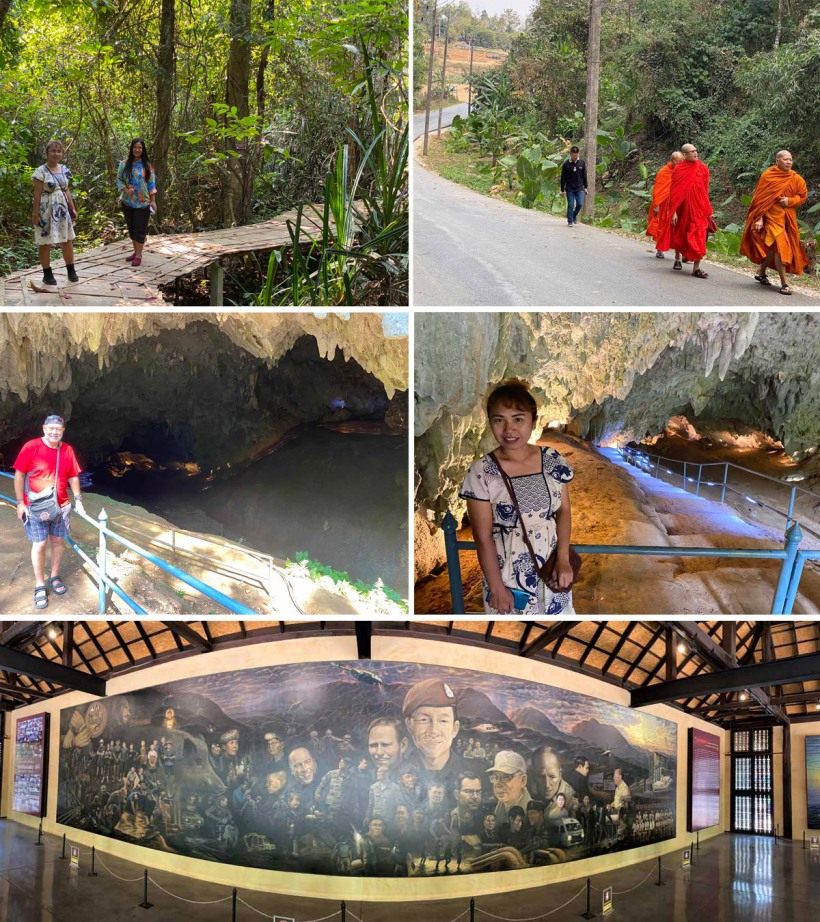
The Thais have already built an impressive display centre celebrating the efforts of all the individuals who contributed to the successful rescue.
Doi Tung Royal Villa and Gardens
Because of their love for the Royal family Doi Tung, with its close connection to the former King’s mother, is well known to all Thais and less so to overseas visitors but is well worth visiting. From Tham Luang we climbed up through the limestone karst mountains to join the narrow and winding Route 1149 which follows the Thai – Myanmar border. Before reaching Doi Tung we stopped at the magnificent Mae Fah Luang Arboretum, possibly the most beautiful landscaped gardens I have ever visited. Doi Tung was built as a summer palace for the former Queen Mother who hoped her presence would stop the locals producing opium and also encouraged the adoption of modern agricultural techniques to replace slash and burn (which still causes massive pollution in Northern Thailand) each year and the introduction of cash crops to replace opium. Her life and work to help the local people is commemorated in the Hall of Inspiration and both the palace and the nearby magnificent Mae Fah Luang Gardens are open to the public.

The hilltop Mae Fah Luang Arboretum close to Doi Tung is quite possibly the most impressive landscaped gardens I have ever visited.
This was the second successive year we had flown north to explore parts of Thailand close to the Burmese border and between our two road trips we had managed to see a lot of what northern Thailand has to offer. A visit to Chiang Mai was conspicuous for its absence from both our trips but we planned to return for an extended stay in just Chiang Mai in the not too distant future as it was almost 15 years since our previous visit to this famous city.
However as we flew south to Bangkok and on to my home in Pattaya, little did we realise either the scale or impact that the Covid-19 pandemic would have on the world and that it would be over 8 months before we did any more travelling within Thailand. When we did, it was to visit some of the ancient cities and temples in central and northern Thailand and you can see images from that trip here.
© Michael Bromfield








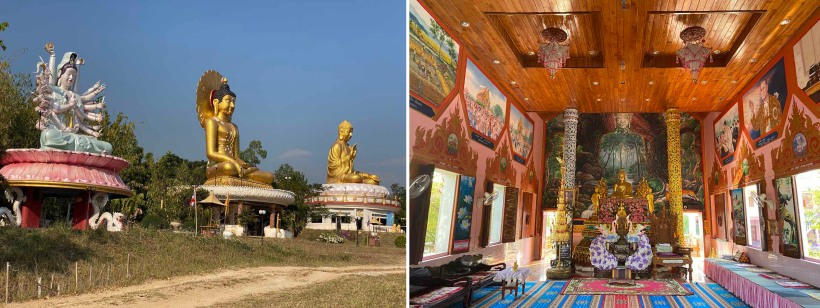
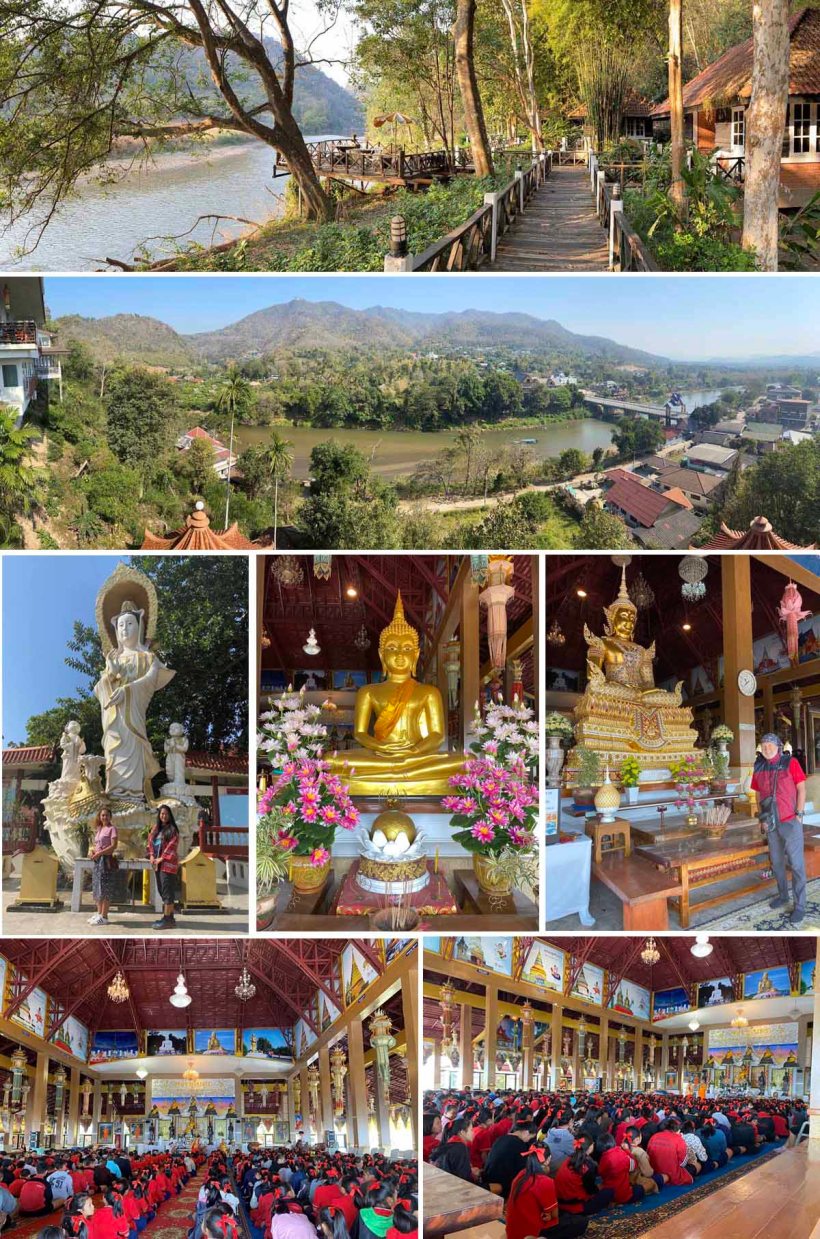



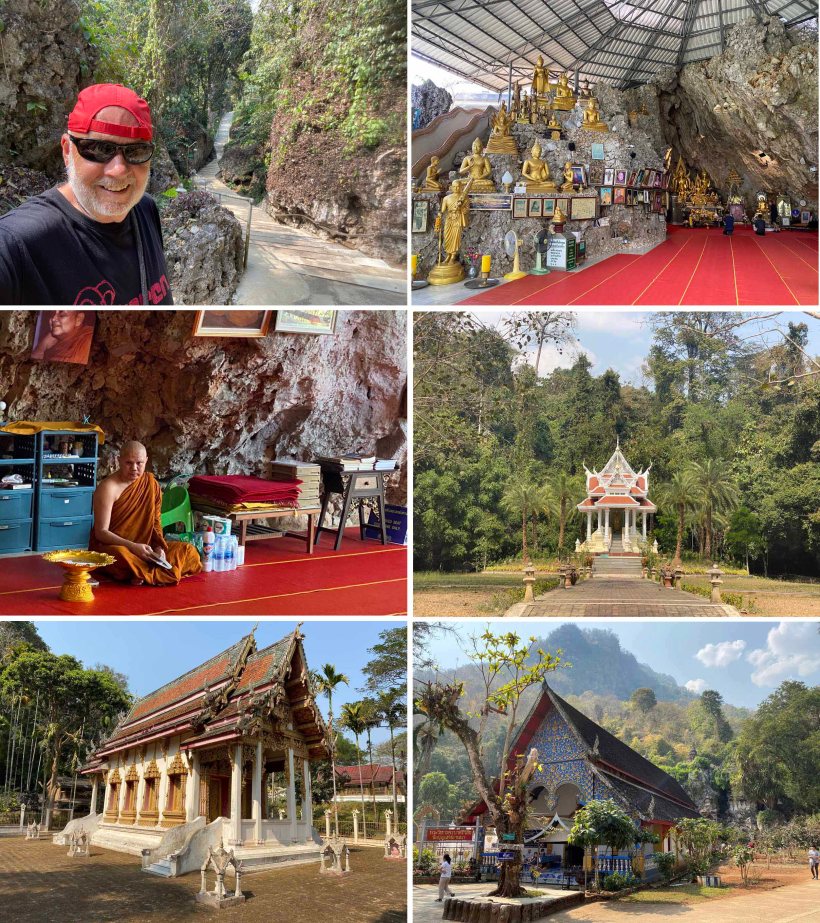

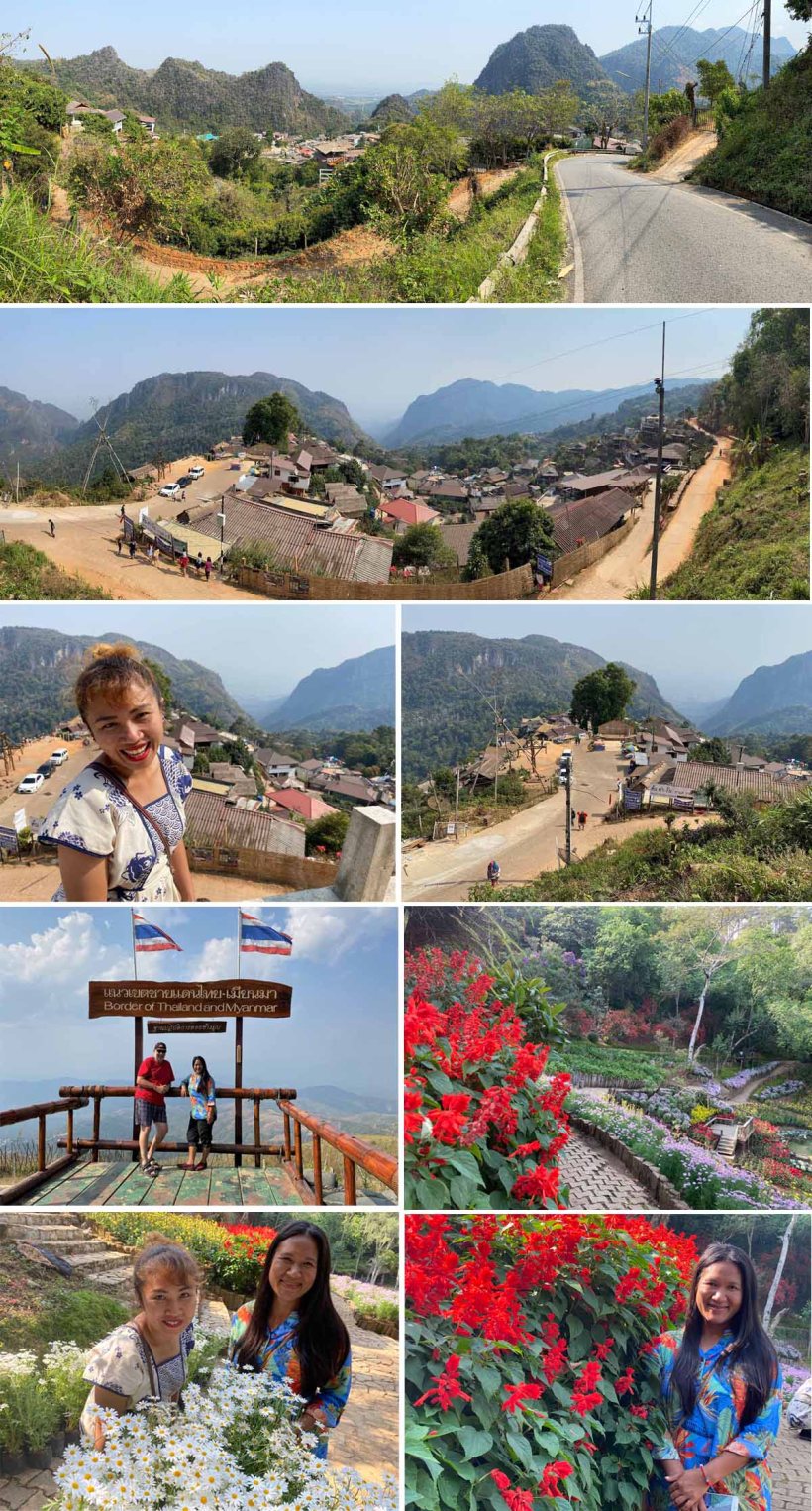




Pingback: 63 Locked down in Thailand-Pattaya Thailand. March – December 2020 | Notes from a Nomad
Pingback: 47 More than a walk in the Park! – Mt Kinabalu, Sabah, Borneo, Malaysia: February 3 – 5 2018 | Notes from a Nomad